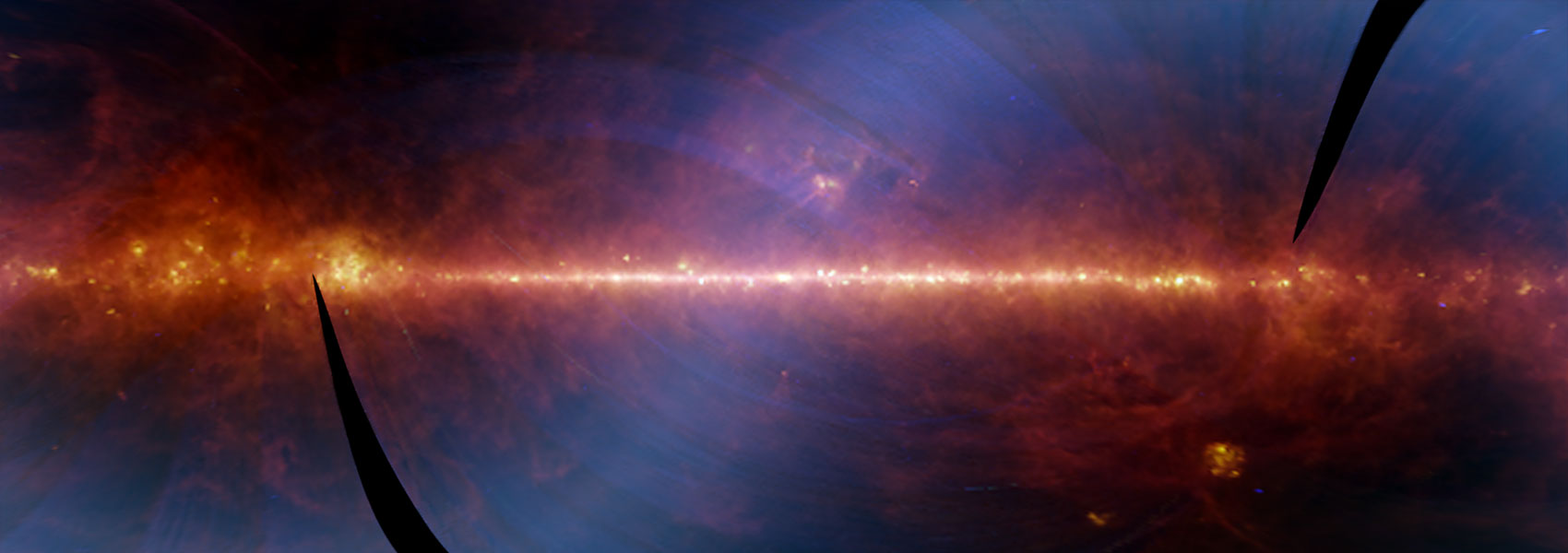March
1999
•
1999Ap&SS.266...91F
Authors
•
Fischer, J.
•
Luhman, M. L.
•
Satyapal, S.
•
Greenhouse, M. A.
•
Stacey, G. J.
•
Bradford, C. M.
•
Lord, S. D.
•
Brauher, J. R.
•
Unger, S. J.
•
Clegg, P. E.
•
Smith, H. A.
•
Melnick, G.
•
Colbert, J. W.
•
Malkan, M. A.
•
Spinoglio, L.
•
Cox, P.
•
Harvey, V.
•
Suter, J. -P.
•
Strelnitski, V.
Abstract
•
Based on far-infrared spectroscopy of a small sample of nearbyinfrared-bright and ultraluminous infrared galaxies (ULIRGs) with theISO Long Wavelength Spectrometer we find adramatic progression in ionic/atomic fine-structure emission line andmolecular/atomic absorption line characteristics in these galaxiesextending from strong [O III]52,88 μm and [N III]57 μm lineemission to detection of only faint [C II]158 μm line emissionfrom gas in photodissociation regions in the ULIRGs. The molecularabsorption spectra show varying excitation as well, extending fromgalaxies in which the molecular population mainly occupies the groundstate to galaxies in which there is significant population in higherlevels. In the case of the prototypical ULIRG, the merger galaxy Arp220, the spectrum is dominated by absorption lines of OH, H2O, CH,and [O I]. Low [O III]88 μm line flux relative to the integratedfar-infrared flux correlates with low excitation and does not appear tobe due to far-infrared extinction or to density effects. A progressiontoward soft radiation fields or very dusty H II regions may explainthese effects.
Links



